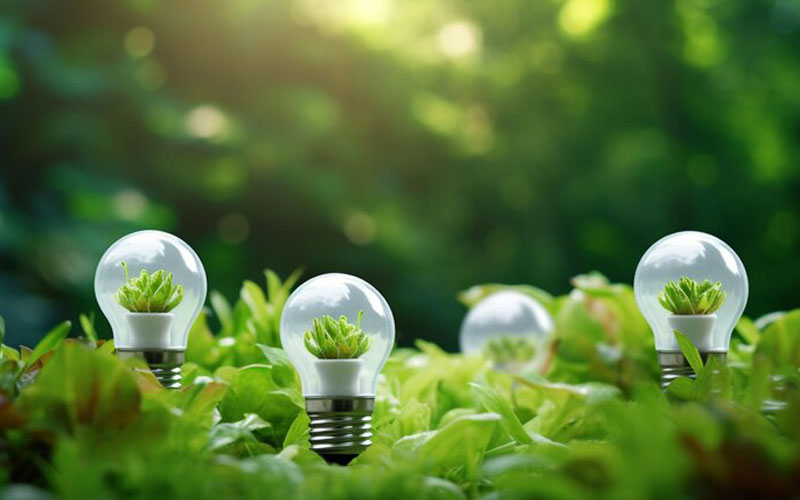India aims to achieve 500 GW installed capacity from non-fossil fuel based capacity, such as hydro, nuclear, solar PV, wind and biomass, by 2030. Efforts are currently underway to increase thermal capacity to 28,460 MW, large hydro capacity to 12,663 MW and nuclear energy capacity to 8,700 MW.
May 6, 2024

India has become the third largest primary energy consumer in the world. This information was shared by the Government of India in the Lok Sabha.
In a written reply during the Question Hour, Minister of State for Petroleum and Natural Gas, Mr. Rameswar Teli said that as per India Energy Outlook 2021, published by International Energy Agency (IEA), India has been ranked third largest primary energy consumer in the world.
He said the hydrocarbon requirements of the country were being met through domestic production as well as through imports. The country was importing oil and gas from various geographical regions including countries from the Middle-East, Africa, Europe, North America, South America and South-East Asia.
Watch: RR Kabel | Solar Cables | Solar Plant | Renewable Energy
As per World Energy Outlook 2021 of IEA, the current share of India in global primary energy consumption stood at 6.1 percent and was likely to increase to about 9.8 percent under the stated policies scenario by 2050.
Mr. Teli said in order to meet the increased requirement of hydrocarbon fuel, the Government has adopted major strategies.
These inter alia include attracting investment in exploration & production to enhance domestic oil and gas production, shifting to a gas-based economy, technological upgradation to improve refinery processes, energy efficiency and productivity, accelerating bio-fuel economy, expanding overseas oil and gas portfolio, diversifying oil & gas supply sources, etc.
Also Read: DMB Acquires GIC Magnet; Eyeing Global Consolidation
The Government has taken up development of the National Gas Grid and City Gas Distribution Networks to cover major demand centres across the country to provide clean and green fuel to the public. As per the Ministry of Power, significant addition to thermal (28,460 MW), large hydro (12,663 MW) and nuclear energy (8,700 MW) capacity was underway.
He further announced the Government’s aim of achieving 500 GW installed capacity from non-fossil fuel based capacity (hydro, nuclear, solar PV, wind, biomass etc) by 2030.




